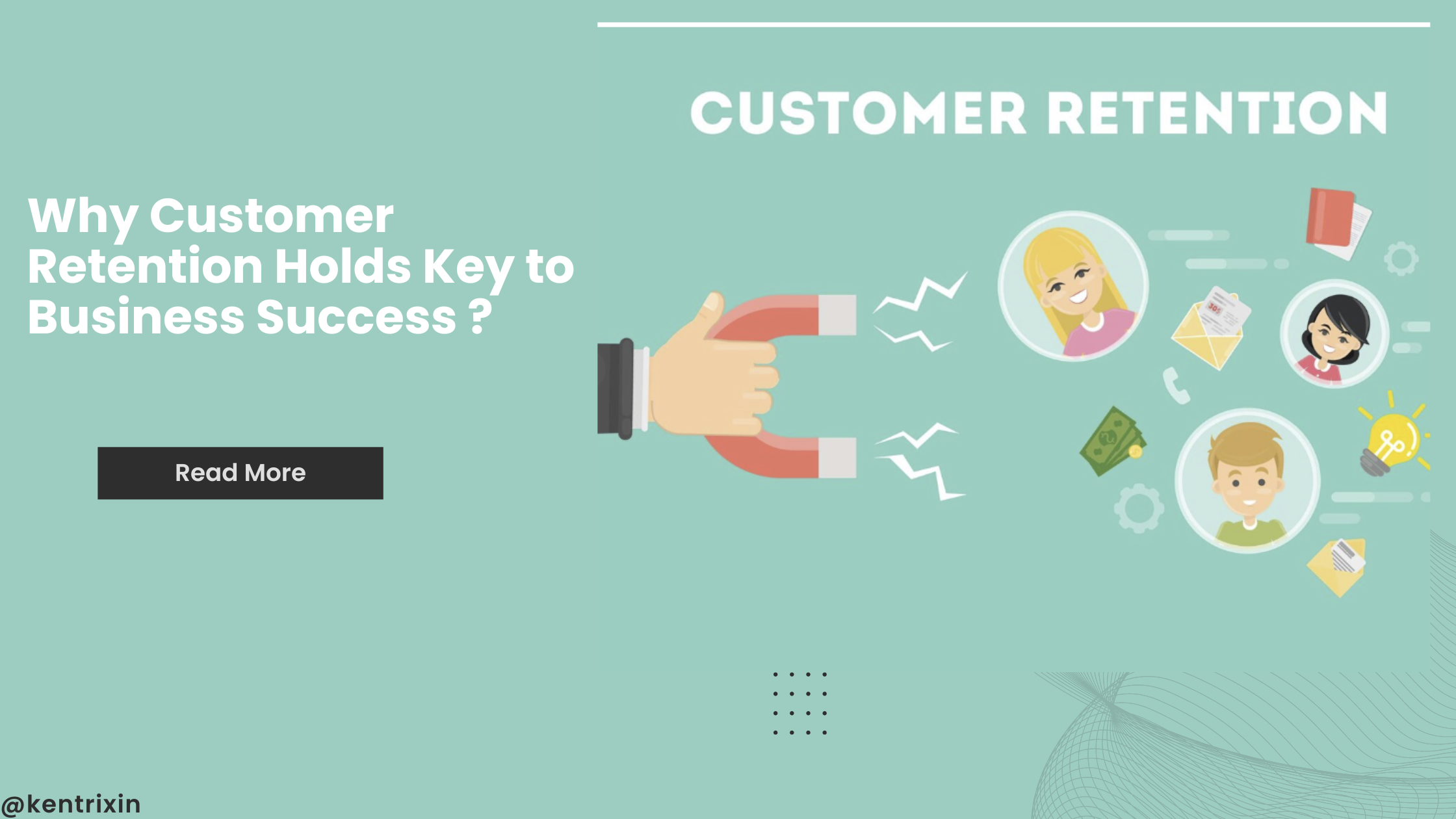Introduction:
In today’s competitive business landscape, attracting new customers is vital, but retaining existing ones is equally, if not more, crucial. Customer retention is the backbone of a thriving business. This article delves into the significance of customer retention, providing valuable insights and actionable strategies for businesses aiming to enhance their retention efforts.
Understanding Customer Retention
Customer retention refers to the ability of a business to retain its existing customers over a specified period. It encompasses the strategies and tactics implemented by companies to foster long-term relationships with customers, encouraging repeat purchases and loyalty.
Importance of Customer Retention
Customer retention is essential for several reasons, including:
- Enhanced Revenue Streams: Retained customers tend to spend more over time, contributing to a steady stream of revenue.
- Cost Efficiency: Acquiring new customers is significantly more expensive than retaining existing ones. By focusing on retention, businesses can reduce marketing and acquisition costs.
- Brand Loyalty: Loyal customers are more likely to advocate for the brand, driving word-of-mouth referrals and attracting new customers.
- Stability and Predictability: A loyal customer base provides stability to the business, offering a predictable revenue flow even during market fluctuations.
Strategies for Effective Customer Retention
To improve customer retention, businesses can implement various strategies, including:
- Personalized Communication: Tailoring communication and offers to individual customer preferences can strengthen the bond and encourage repeat purchases.
- Loyalty Programs: Rewarding customers for their loyalty through points, discounts, or exclusive offers can incentivize them to continue doing business with the company.
- Exceptional Customer Service: Providing prompt and personalized customer service creates a positive experience, fostering customer satisfaction and loyalty.
- Regular Engagement: Keeping customers engaged through newsletters, social media interactions, and informative content can maintain their interest in the brand.
- Feedback and Improvement: Actively seeking feedback from customers and implementing necessary improvements demonstrates a commitment to their satisfaction and strengthens the relationship.
The Impact of Customer Retention on Business Success
Customer retention directly influences various aspects of business success, including:
Revenue Growth
A study by Bain & Company revealed that increasing customer retention rates by just 5% can lead to a significant increase in profits, ranging from 25% to 95%. Retained customers are more likely to make repeat purchases and explore additional products or services offered by the company, driving revenue growth organically.
Brand Reputation
Satisfied and loyal customers serve as brand advocates, sharing positive experiences with friends, family, and colleagues. Their endorsements and recommendations enhance the brand’s reputation and credibility, attracting new customers and solidifying its position in the market.
Also Read: Customer Risk Management: Navigating Success Amidst Challenges
Market Differentiation
In highly competitive markets, exceptional customer service and personalized experiences can serve as powerful differentiators. Businesses that prioritize customer retention stand out from competitors, creating a unique selling proposition that resonates with consumers and fosters brand loyalty.
Challenges in Customer Retention
While customer retention offers numerous benefits, businesses often face challenges in effectively retaining customers. Some common challenges include:
- Increased Competition: Competitors vying for the same target audience can lure customers away with enticing offers or superior experiences.
- Changing Customer Preferences: Shifts in consumer preferences, market trends, or technological advancements may require businesses to adapt their retention strategies continually.
- Customer Experience Issues: Poor customer service, product quality issues, or communication gaps can erode trust and loyalty, leading to churn.
Why Does Customer Retention Matter in a Business?
Customer retention matters in a business because it serves as the foundation for sustainable growth and profitability. By nurturing existing customer relationships and fostering loyalty, businesses can:
- Maximize Revenue: Retained customers contribute to a steady revenue stream, reducing the reliance on costly acquisition efforts.
- Build Brand Advocacy: Loyal customers are more likely to recommend the brand to others, amplifying its reach and influence.
- Drive Innovation: Feedback from loyal customers can inspire product improvements and innovation, ensuring relevance in the market.
- Gain Competitive Advantage: A strong focus on customer retention sets businesses apart from competitors, fostering long-term success and resilience.
Also Read: Market Research in 2024: Methods and Innovations
FAQs
- How does customer retention impact profitability? Customer retention leads to higher profitability by reducing customer acquisition costs and increasing customer lifetime value.
- What role does customer service play in retention? Exceptional customer service is crucial for retention, as it enhances customer satisfaction and loyalty.
- Is customer retention more cost-effective than acquisition? Yes, retaining existing customers is generally more cost-effective than acquiring new ones, as it requires fewer resources and efforts.
- How can businesses measure customer retention? Customer retention can be measured through metrics such as repeat purchase rate, churn rate, and customer satisfaction scores.
- What are some common challenges in customer retention? Challenges in customer retention include increased competition, changing customer preferences, and customer experience issues.
- What are the benefits of a loyalty program in customer retention? Loyalty programs incentivize repeat purchases and foster a sense of appreciation and exclusivity among customers, driving retention.
Conclusion:
In conclusion, customer retention is a critical component of business success, offering numerous benefits such as enhanced revenue, brand loyalty, and market differentiation. By prioritizing customer satisfaction, personalized experiences, and ongoing engagement, businesses can build strong relationships with their customers, driving long-term growth and profitability.







